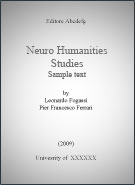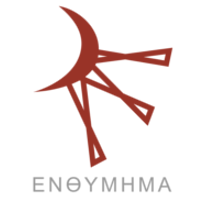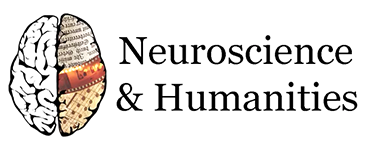
Last paper:
Grazia Pulvirenti, Renata Gambino, Neurohermeneutics. A Transdisciplinary Approach to Literature
- Peer review
- Submit a paper
- Suggest a paper
- Contact us
- Partner program
Cristóbal Pagán Cánovas, Seana Coulson,
Understanding Timelines: Conceptual Metaphor and Conceptual Integration
Year: 2012
Topics: Metaphor; Blending;
Disciplines: Literature; Linguistics;
DOWNLOAD PAPER
Download size: 295.49 KB
One of the most broadly investigated topics in the literature on conceptual metaphor is the importance of spatial construals for thinking and talking about time. Here we address the relationship between conceptual metaphor theory (CMT) and conceptual integration theory (CIT) by exploring how people understand timelines – both as graphical objects, in discourse about timelines taken from newspapers and the web, and in poetic examples. We note that the inferential structure of the timeline is well-captured by the conceptual metaphors TIME IS SPACE and EVENTS ARE OBJECTS. When instantiated graphically, the timeline serves as a material anchor in a conceptual integration network representing partial cognitive models of time, lines, objects, and a hybrid model known as a “blend”. When understood with respect to this network, the analogue properties of the line give it novel computational properties that facilitate inferences about the events the timeline represents. The history of the modern timeline suggests it reflects a distributed cognitive process involving multiple individuals over a large span of time, and illustrating the importance of cultural evolution in the development of conceptual integration networks. Analysis of both poetry and everyday discourse about timelines suggests conventional mapping schemas are best viewed not as determining the interpretation of timelines, but rather as providing soft constraints that help guide it. Future metaphor research will best proceed via a merger of techniques from CMT and CIT to characterize metaphor as involving complex networks of mappings that can be flexibly updated as a function of context and goals.
KEYWORDS: cognitive artifacts, cognitive semantics, conceptual blending, conceptual integration, material anchors, metaphor
Project
The Neuro Humanities Studies Network aims at creating a multidisciplinary research community in order to develop and structure a linking platform for neuro-scientific, cognitive topics and humanities.
Click on each keyword to show papers related with it.









